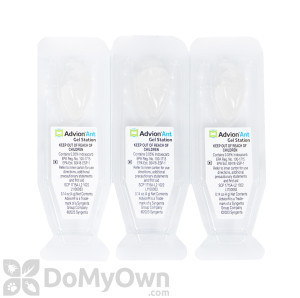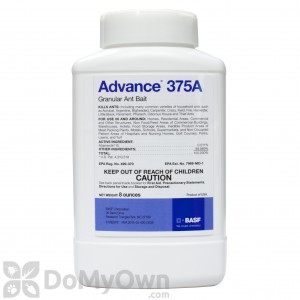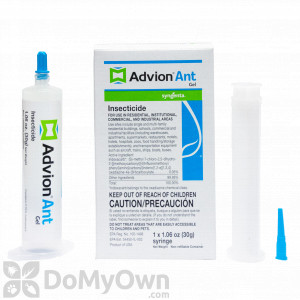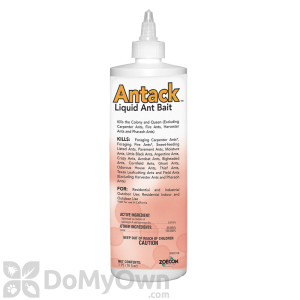- The Thief Ant is one of the smallest household ants , at only 1/32" long
- Color is light-yellow to red with black markings on the abdomen
- Thief Ants have two nodes between the abdomen and thorax
- Thief Ant workers are all the same size
- Thief Ants have a 10-segmented antenna ending in a 2-segmented club.
- Often confused with the Pharaoh Ant, which is also small and yellow. The Pharaoh Ant may be distinguished because of its black lines on the abdomen, and longer 12-segmented antenna.
Habitat/ Nesting
Thief and often nest in soil and rotting wood. Indoors, they find their way easily into small spaces such and build nests under countertops, in wall and cabinet voids, and behind baseboards. Thief ants are also known for building nests very close to, if not inside the nests of other ants, from whom they steal their food. Outside, Thief ants build nests under rocks, around walkways, in rotting wood and exposed soil.
Feeding Habits
Thief Ants will feed on dead insects, greasy foods, proteins (meat, cheese, peanut butter, nuts), dead insects, and less frequently on sweets. Thief Ants are so called because they will often steal food and larvae from the colonies of other ants. The Thief Ant is also small enough to forage into unopened packaged foods, making it a difficult culprit to spot.
Reproduction
Winged reproductive females begin appearing and mating in June, and continue the mating activity throughout the summer and into the fall. A single fertilized female can establish a colony of several hundred to several thousand workers. The maturation time from egg to adult can take anywhere from 50 days to a few months.
Basic Control Methods
Because of their tiny size thief ant colonies can be difficult to locate, making them rather tricky to eliminate.
- Outdoor Thief ant colonies should be treated by drenching the colony with a residual insecticide such as Demon WP . It is best to use a handheld sprayer for this application.
- Thief ant colonies in wall or cabinet voids should be treated by drilling a small hole into the void and injecting a small amount of Borid Dust or Timbor.
For more detailed information on Thief Ant prevention and control, see How To Get Rid of Thief Ants
View all Ant Control products






